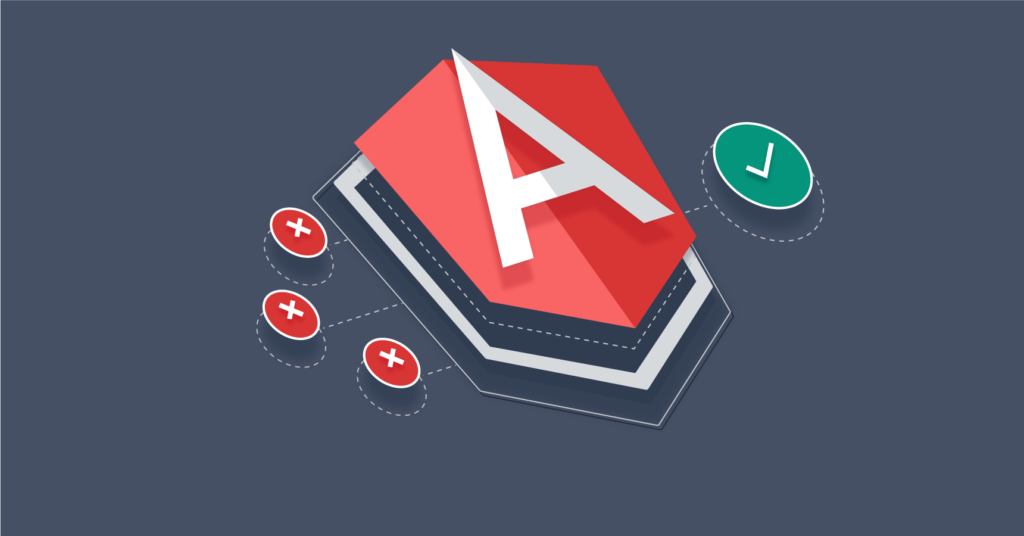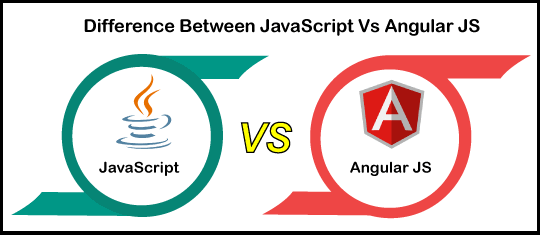Top 10 AngularJS Interview Questions For Freshers
Table Of Contents
- 1. What Is AngularJS?
- 2. What Are The Key Features Of AngularJS?
- 3. Explain Directives In AngularJS?
- 4. What Are The Controllers In AngularJS?
- 5. How Do You Initialize Scope Variables In AngularJS?
- 6. Explain ng-app, ng-init and ngBind?
- 7. What Are Angular Expressions, And What Are The Differences Between Angular Expressions And Javascript Expressions?
- 8. Explain Filters In AngularJS?
- 9. Explain Services In AngularJS With Examples?
- 10. What Is Routing In AngularJS, And How To Implement It?
- Conclusion
AngularJS is the most popular JavaScript framework for developing web applications. It is used by Google, Netflix and many other well-known companies. AngularJS provides several features, such as two-way data binding, dependency injection and modular programming, making it easier to develop complex web apps. Here are some of the most common top 10 AngularJS interview questions for freshers which are asked at job interviews by companies looking to hire new developers!
1. What Is AngularJS?
AngularJS is a framework for building single-page web applications.
The best way to describe AngularJS is by adding structure and framework to HTML, making it easy to create dynamic views and all the interactions in between.
AngularJS uses HTML as a template language for creating web pages. It extends the HTML vocabulary with directives (tags) that augment the document with additional meaning and metadata. Also, AngularJS code can be written in Typescript or JavaScript. Here comes the next important question from the top 10 AngularJS interview questions for freshers.

2. What Are The Key Features Of AngularJS?
- Two-Way Data Binding: AngularJS uses two-way data binding, automatically synchronising your controls and model, so you don’t need to write any code to update the view when the model changes.
- Templates: AngularJS uses HTML as its template language. The syntax of HTML is extended with new attributes that are used to bind the view and controller.
- Directives: These are reusable components; they can be used in multiple views/pages and take input from their surroundings and output something based on them. They’re also reusable between projects. For example, you might have an element where you want to display a list of items; instead of writing out each item yourself, you could create a directive that does this for you automatically whenever the list changes (for example).
- Controllers: In general terms, these are JavaScript objects that attach themselves to elements on a page using ng-controller=”MyController” and then bind methods onto them using ng-click=”methodName()”. They allow us to create reusable logic for our views without having our controllers get too large/complex over time due to unfettered reuse across different pages/views within an application’s architecture – this makes them ideal candidates for isolating cross-cutting concerns such as security logic into separate files instead!
3. Explain Directives In AngularJS?
Directives are a powerful feature of AngularJS, which allows you to extend HTML by creating custom elements or attributes. They can also be used to create reusable components and custom HTML tags.
Directives have their own scope and lifecycle. In addition, you can use the scope hierarchy in a directive to communicate with other directives within the same or different modules.
4. What Are The Controllers In AngularJS?
AngularJS controllers provide a scope for your application, allowing you to bind data to view and make the application dynamic. They are essentially JavaScript classes.
5. How Do You Initialize Scope Variables In AngularJS?
You can initialize scope variables in AngularJS by using a function, expression or constant. There are three ways to initialize scope variables:
- $scope.myvar = function() {};` – The above syntax is used when you want to create a new “watch” on your controller that will be triggered every time the value of myvar changes. This is useful if you want to trigger some action based on the value of my being changed (e.g., list items being added/removed).
- $scope.myvar = “foo”;` – This syntax only sets the value of myVar as “foo”. It does not attach any listeners to your controller, which means that it won’t trigger any actions on its own unless you add listeners yourself using `onChange()`.
- $scope.myVar = null;` – This syntax sets myVar’s value back to null, but does not remove any listeners attached earlier using `onChange()`.
6. Explain ng-app, ng-init and ngBind?
ng-app: The ng-app directive is used to specify the root element of an application. It defines the root scope and can only be used once in a view.
ng-init: The ng-init directive allows you to initialize the scope and bind it to the DOM. It takes at least one argument, which must be an expression that returns a JavaScript object.
ngBind: The ngBind directive is used to bind an HTML element’s value property with an expression that contains data from your model or controller (i.e., your application’s state).
7. What Are Angular Expressions, And What Are The Differences Between Angular Expressions And Javascript Expressions?
Angular expressions are used to bind data to the DOM. They are used in directives, filters, controllers, templates and services. Angular expressions can be added with double brackets {{}} or single brackets ()(). You can also use jqLite for creating angular expressions in JavaScript code (not HTML).

8. Explain Filters In AngularJS?
You can use filters to format data before displaying it in AngularJS. They are compatible with ng-repeat, ng-bind, and ng-model. Additionally, filters can also be used with ng-app and ng-init.
9. Explain Services In AngularJS With Examples?
In AngularJS, developers can inject services into controllers, directives, and filters, making them reusable components.
Services are Singletons in AngularJS significantly. Also, they provide a single instance of a service to your application. You do not need to create multiple instances of the same service if you need more than one copy of it for your application. The dependency injection feature provided by the AngularJS framework allows you to inject services into controllers, directives, and filters. For evidently, let’s take an example:
In this example, we have used $http service from the angular-resource library in our controller file indexController.js, which will make a request to the server through $http service. Every URL we pass on this URL will return a response from the server, and we will store it in our model file. After that, we will display the response from the server on our index page with the help of the angular-resource library, which provides us with $resource service.
10. What Is Routing In AngularJS, And How To Implement It?
Routing is the process of navigating from one page to another in an application. Additionally, AngularJS has a powerful router module that helps you create dynamic links and deep linking.
A route is a path through your application, which can be either external (navigating to another website) or internal (navigating between components).
Routes have three main parts:
An anchor tag or tag that represents the current location in your application. Also, you can use this to generate URLs for each route. When someone clicks on a link, a routing parameter will specify which URL to load. A templateUrl property points to where you want AngularJS to load its content from when loading this route.
Conclusion
With the help of these top 10 AngularJS interview questions for freshers, you can prepare for your interview. This article covers the basic AngularJS interview questions for freshers along with the basic concepts of AngularJS Training in Chennai and its implementation.





